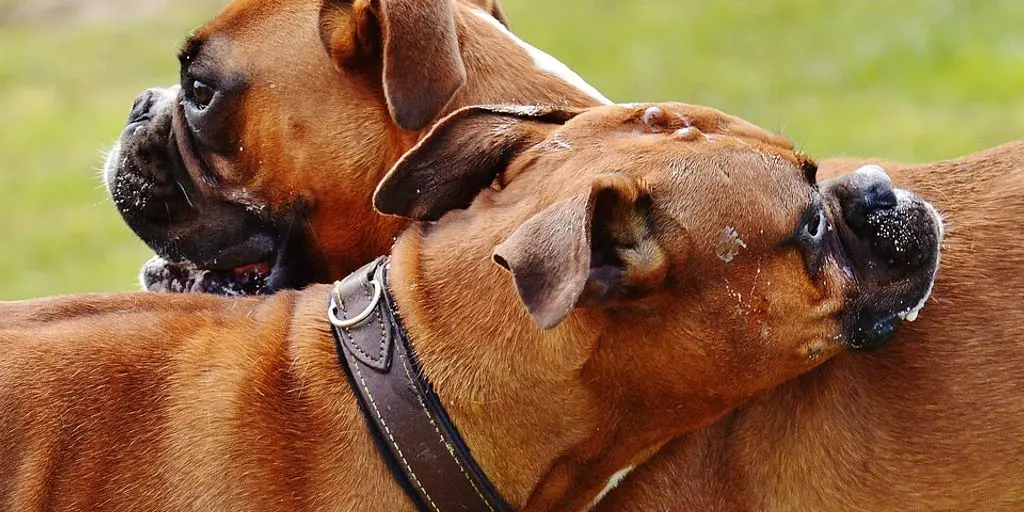Choosing the right leash for your small dog involves understanding various types, materials, and sizes to ensure safety, comfort, and functionality. This article will guide you through the different options available and provide tips on selecting the best leash for your pet’s needs.
Key Takeaways
- Understand the pros and cons of different leash types such as standard, retractable, and harness leashes.
- Consider the material of the leash for durability and comfort; options include nylon, leather, and eco-friendly materials.
- Select the appropriate leash length and width based on your dog’s size and the control you require.
- Ensure the leash has a reliable clip to safely attach to your dog’s collar or harness.
- Look for additional features like reflective materials for safety during night walks and adjustable lengths for versatility.
Understanding Different Types of Dog Leashes
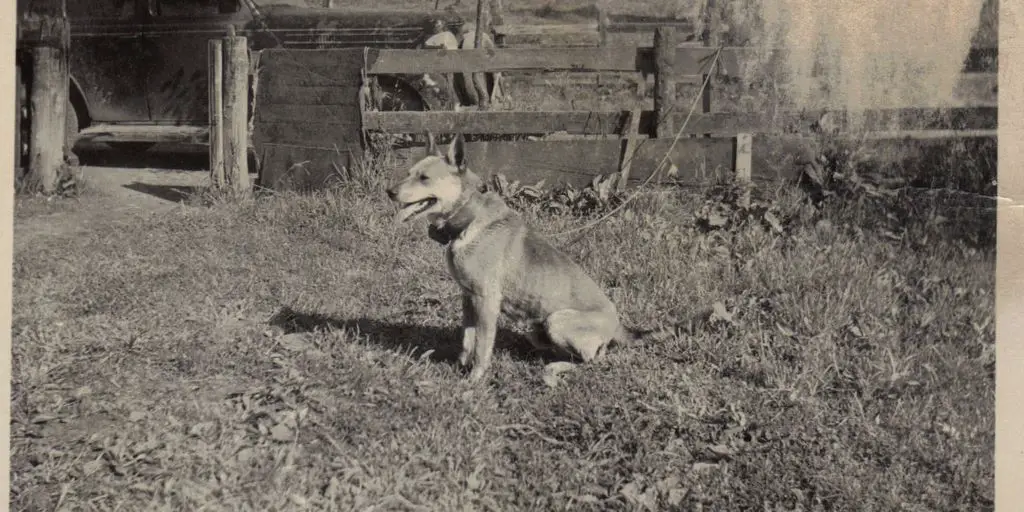
Slip Leads: Pros and Cons
I’ve found that slip leads are a quick and convenient option for many small dog owners. They’re essentially a leash and collar in one, which can be great for training or quick potty breaks. However, they must be used carefully to avoid any risk of choking, especially if your dog tends to pull.
Harnesses: Comfort and Control
Harnesses are my go-to for maximum control and comfort, especially for small breeds prone to tracheal collapse. They distribute pressure more evenly around the body, reducing strain on the neck. Always ensure the harness fits snugly but doesn’t restrict your dog’s movement.
Standard Leashes: Simplicity and Efficiency
For everyday use, you can’t go wrong with a standard leash. It’s straightforward, easy to handle, and comes in various materials and styles. Just make sure to choose a width and length that suits your small dog’s size and walking style.
The Best Materials for Small Dog Leashes
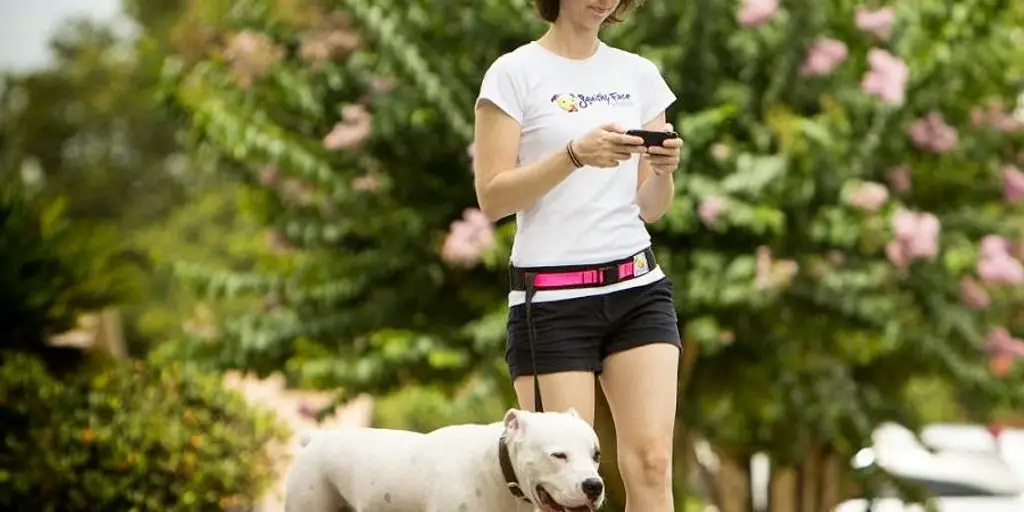
When it comes to choosing the right leash for your small dog, the material is a crucial factor to consider. Let’s dive into the most popular materials and their benefits.
Nylon vs. Leather: What’s Better?
Nylon is a top choice for many due to its durability and affordability. It’s lightweight, easy to clean, and dries quickly, making it ideal for everyday use. On the other hand, leather offers a classic look and is highly durable, aging beautifully over time. However, it requires more maintenance and can be pricier.
Reflective Materials for Safety
For those evening walks, reflective materials are a must. They enhance visibility, ensuring safety for both you and your furry friend. Many leashes incorporate reflective stitching or panels that shine brightly under street lights or car headlights.
Durability and Maintenance Tips
Regardless of the material you choose, durability is key. Here are a few tips to keep your leash in top shape:
- Regularly inspect your leash for any signs of wear and tear.
- Clean your leash according to the material specifications—nylon can often be machine washed, while leather might need special conditioners.
- Store your leash in a dry, cool place to prevent damage from moisture and heat.
Choosing the right material for your small dog’s leash can significantly enhance your walking experience, ensuring comfort, safety, and style.
Choosing the Right Leash Length for Small Dogs
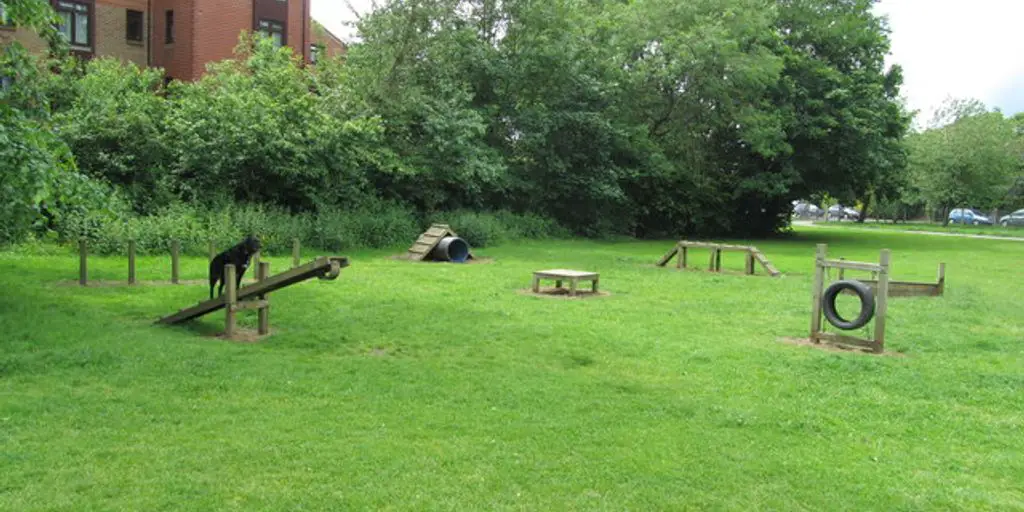
Short vs. Long Leashes: Benefits and Drawbacks
When it comes to leash length, it’s all about finding the right balance for your needs and those of your small dog. Short leashes are great for keeping your dog close in crowded areas or during training sessions. On the other hand, long leashes offer more freedom for your dog to explore during walks in open spaces. It’s crucial to consider the environment where you’ll be walking your dog most often.
Adjustable Leashes: Flexibility in Use
I love the versatility of adjustable leashes! They allow you to modify the length based on the situation. Whether you’re in a busy street or a quiet park, you can adjust the leash accordingly. This flexibility is especially handy for small dogs, as it lets you provide more freedom or control as needed.
Ideal Length for Training and Walking
For training and regular walks, I’ve found that a leash length of about 4 to 6 feet works best for small dogs. This range gives enough slack for your dog to feel a bit of freedom, yet it’s short enough to keep them under control. Here’s a quick breakdown:
| Situation | Recommended Leash Length |
|---|---|
| Crowded areas | 4 feet |
| Open spaces | 6 feet |
| Training sessions | 4 to 5 feet |
This guideline helps maintain a good balance between safety and mobility.
Selecting the Appropriate Leash Width
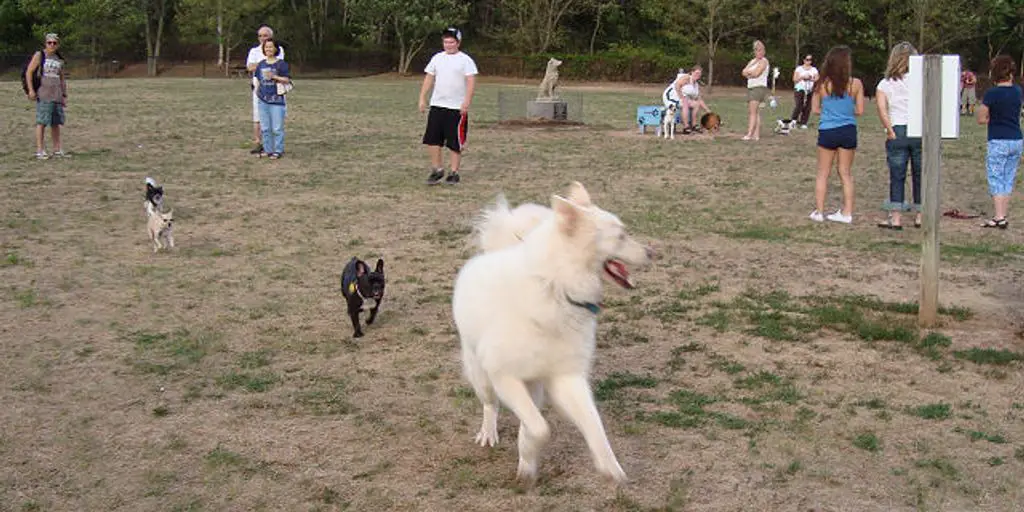
When it comes to choosing the right leash for your small dog, the width of the leash is just as crucial as the length. I’ve found that a narrower leash, typically around 5/8″, is ideal for small to medium dogs. It’s lightweight yet durable enough to handle their energy without weighing them down. For those little chewers or stronger small breeds, opting for a slightly wider leash can prevent any snapping incidents, ensuring a safer walk for both of you.
Why Width Matters
The width of a dog leash might not seem like a big deal at first, but it plays a significant role in the safety and comfort of your pet. A too-thin leash can break under pressure if your dog is a puller or a chewer. On the other hand, a leash that’s too wide might be too heavy and uncomfortable for a small dog, potentially dragging them down.
Best Width for Small Dogs
For small dogs, a leash width of about 3/8″ to 1/2″ is typically perfect. It strikes a good balance between strength and comfort. This range is not too heavy for them to handle and still durable enough to withstand their tugs and bites.
Balancing Strength and Comfort
Finding the right balance between a leash’s strength and comfort can be tricky. You want a leash that’s strong enough to hold back your dog if they start running after a squirrel, but it also needs to be comfortable for them to wear during long walks. A good rule of thumb is to choose a leash that feels comfortable in your hands and doesn’t weigh down your dog’s neck or shoulders.
The Importance of a Reliable Clip

When it comes to keeping your small dog safely by your side, the clip on their leash is a crucial component. I’ve learned that not all clips are created equal, and choosing a reliable one can make all the difference. The two most common types of clip are ‘bolt snap’ and ‘trigger snap’. Each has its own merits, but I’ve found the trigger snap to be more reliable over time.
Types of Clips Explained
The bolt snap clip, while popular, has a spring mechanism that can weaken, potentially letting your dog escape. On the other hand, the trigger snap, with its more robust design, tends to hold up better under repeated use. Another great option is the Talon Clip™ by Ruffwear, which combines strength and ease of use.
Choosing a Durable Clip
It’s essential to select a clip made from materials that can withstand the elements and the test of time. Many clips are made from nickel, aluminum, or steel, treated to resist rust and corrosion. I always recommend going for stainless steel or brass clips, especially if your dog’s leash gets wet often.
Safety Considerations with Clips
Safety is paramount, and the clip you choose plays a big role in that. A weak or faulty clip can lead to a runaway pup, which is a situation no pet owner wants to encounter. Always ensure the clip is strong enough to handle the force if your dog pulls unexpectedly. Regular inspections of the clip’s condition can prevent accidents and keep your furry friend secure.
Harnesses vs. Collars for Small Dogs
When it comes to outfitting your small dog with the right walking gear, the debate between harnesses and collars is a hot topic. Let’s dive into the pros and cons, safety aspects, and my recommendations based on different small breed characteristics.
Pros and Cons of Each
Harnesses distribute pressure more evenly around the body, reducing strain on the neck. Collars, however, are simpler and often more convenient for quick outings. Both have their place depending on your dog’s behavior and health needs.
Which Is Safer for Your Dog?
Safety-wise, harnesses often come out on top, especially for dogs prone to respiratory issues or those who pull on the leash. Collars can pose a risk of neck injury with sudden jerks.
Recommendations for Small Breeds
For small breeds, particularly those with delicate tracheas like Pugs or Chihuahuas, I generally recommend a lightweight harness. It provides control without the added risk of neck strain. Here’s a quick guide to help you decide:
- Pugs, Chihuahuas, Toy Poodles: Harness
- Well-trained, calm small dogs: Collar
- Active, pulling dogs: Harness with a front clip
Remember, the right choice depends on your specific dog’s health, behavior, and comfort.
Training with the Right Leash
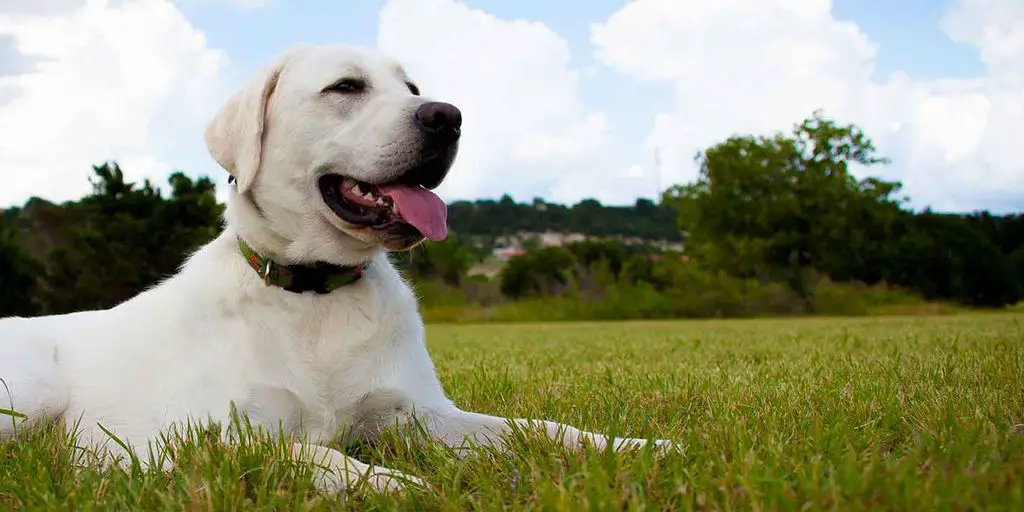
Effective Leash Training Techniques
When it comes to training your small dog, the right leash can make all the difference. Always start with the basics, like teaching them to walk without pulling. It’s crucial to keep training sessions short and positive, focusing on rewards for good behavior. Remember, consistency is key!
Choosing a Training-Specific Leash
Selecting the right leash for training is more than just picking the cutest one. You need a leash that allows you to communicate effectively with your dog. For small dogs, a lightweight leash is ideal as it doesn’t weigh them down and makes training easier. Also, consider a leash with a comfortable handle to prevent strain on your hands during long training sessions.
Common Training Mistakes to Avoid
One common mistake is using a leash that’s too long or too heavy, which can lead to frustration for both you and your dog. Another is not adjusting the training to your dog’s individual learning pace. Be patient and adjust your techniques as needed. Remember, the goal is to make training a positive experience, fostering a stronger bond between you and your pup.
Leash Safety Tips for Small Dogs
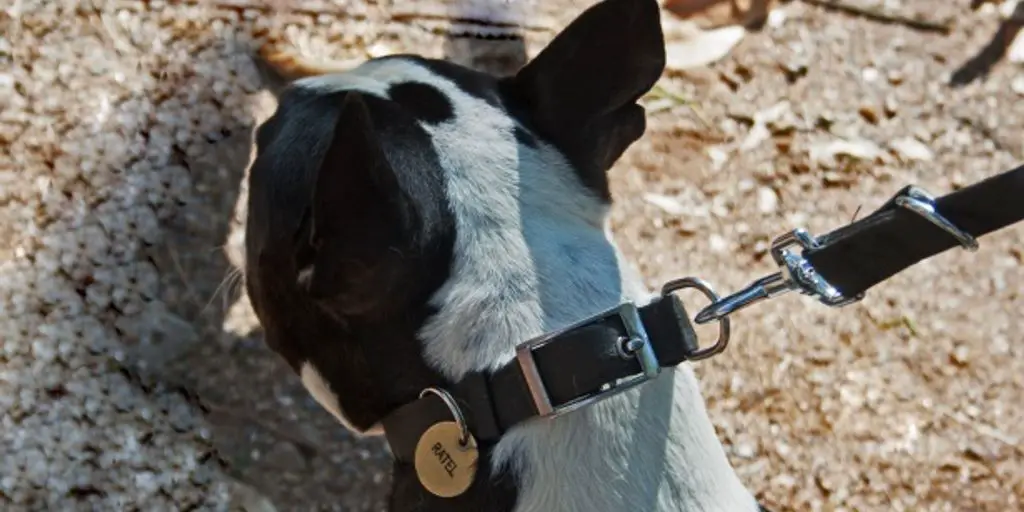
Preventing Injuries and Accidents
When it comes to walking our little companions, safety is paramount. Always ensure the leash has no excess slack to prevent it from tangling, which can lead to trips and falls for both you and your dog. Opt for leashes with secure locking mechanisms and regularly check them for wear and tear.
Regular Leash Inspections
It’s crucial to inspect your dog’s leash regularly. Look for any signs of fraying, wear, or damage that could compromise its integrity. A good rule of thumb is to give your leash a quick check before each walk—better safe than sorry!
Teaching Your Dog Leash Etiquette
Teaching your dog how to behave on a leash is essential for safe and enjoyable walks. Start leash training early, using positive reinforcement techniques. Ensure your dog learns not to pull and to stay by your side. This not only makes walks more pleasant but also prevents dangerous situations where your dog might run into traffic or get into fights with other animals.
Fashion and Functionality in Dog Leashes
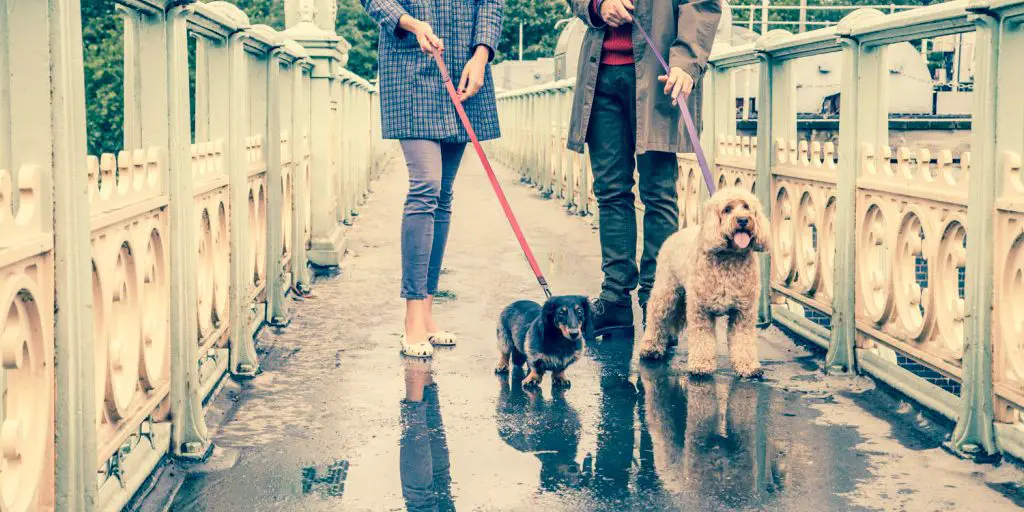
Stylish Leash Options
When it comes to choosing a leash for my small dog, I always look for something that reflects both our personalities. There are so many stylish options out there, from vibrant colors and patterns to chic and subtle designs. It’s like picking out a piece of jewelry that we both get to show off during our walks!
Functional Features to Look For
I’ve learned that the best leashes are not just about looks; they need to be functional too. Key features like a comfortable grip for me and a sturdy clip for my dog’s safety are non-negotiable. I also appreciate leashes with a D-ring to attach a poop bag holder or a small pouch for treats.
Combining Style with Safety
Safety should never be compromised for style. I make sure the leashes I choose are made of durable materials and have reflective elements for those late evening walks. It’s all about finding that perfect balance where fashion meets functionality, ensuring we both enjoy our time outdoors safely and in style.
Eco-Friendly Dog Leashes
As a dog owner who cares about the environment, I’ve been exploring eco-friendly dog leashes and I’m excited to share what I’ve found. Choosing sustainable materials is not just a trend; it’s a necessity for reducing our environmental paw print. Vegan leather leashes are a fantastic alternative to traditional leather. They’re produced fairly and last a long time without harming any animals.
Benefits of Choosing Sustainable Materials
Opting for eco-friendly materials like vegan leather or recycled plastics can significantly reduce waste and pollution. These materials are not only durable but also often more water-resistant than traditional options.
Top Eco-Friendly Leash Brands
There are several brands out there dedicated to sustainability. Here’s a quick list of some top eco-friendly leash brands:
- Earthdog
- Pawsitive Pet
- Green Pup
These brands are committed to using materials that are both sustainable and durable, ensuring that you don’t have to sacrifice quality for eco-friendliness.
How to Recycle Old Leashes
Don’t just throw away your old leashes! Many eco-friendly brands offer recycling programs. Alternatively, you can repurpose them for DIY projects or donate them to animal shelters. Recycling or repurposing helps reduce waste and supports a more sustainable lifestyle.
Leash Accessories for Small Dogs
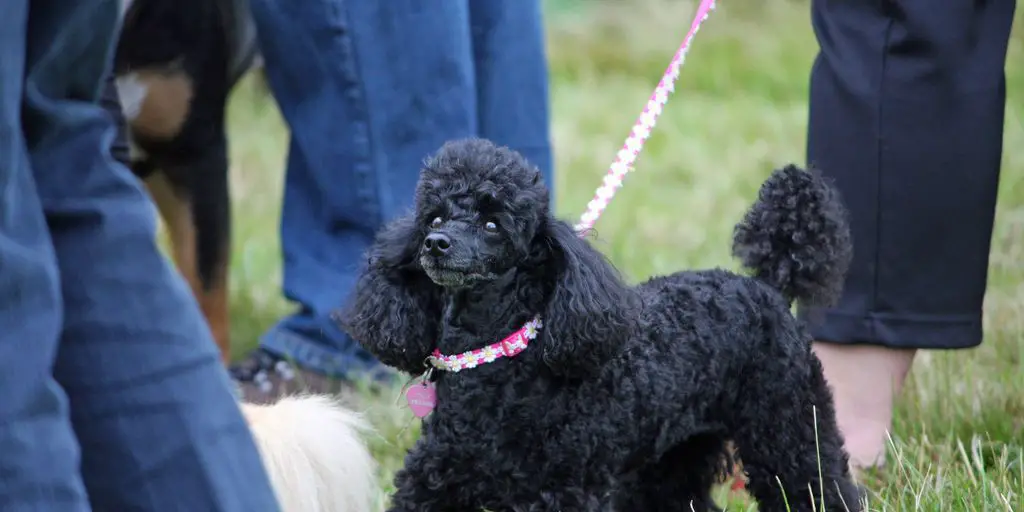
When it comes to accessorizing our small furry friends, there are a few must-have add-ons that can make walks more enjoyable and convenient. Leash bags and holders are essential for carrying treats, waste bags, and other small items. They attach easily to the leash, keeping your hands free. Water bottles and attachments are also crucial, especially during long walks or on hot days, ensuring your pup stays hydrated.
Must-Have Add-ons
For those of us with small dogs, adding a few accessories to our leash setup can significantly enhance our walking experience. A compact, attachable water bottle ensures your dog stays hydrated, while a leash bag can hold essentials like treats and waste bags, making it easier to manage everything you need on the go.
Leash Bags and Holders
Choosing the right leash bag or holder can be a game-changer. Look for options that are lightweight yet durable, and consider those with multiple compartments for better organization. A good leash bag should attach securely and not swing too much, which can be annoying for both you and your pup.
Water Bottles and Attachments
Hydration is key, especially when you’re out and about with your small dog. Opt for a water bottle that attaches directly to the leash or your belt for easy access. Some bottles come with a built-in bowl, making it even easier to give your dog a drink without any fuss.
Remember, the right accessories can make your walks more enjoyable and less of a hassle, ensuring you and your pup have a great time outdoors.
Navigating the Market: Where to Buy Dog Leashes
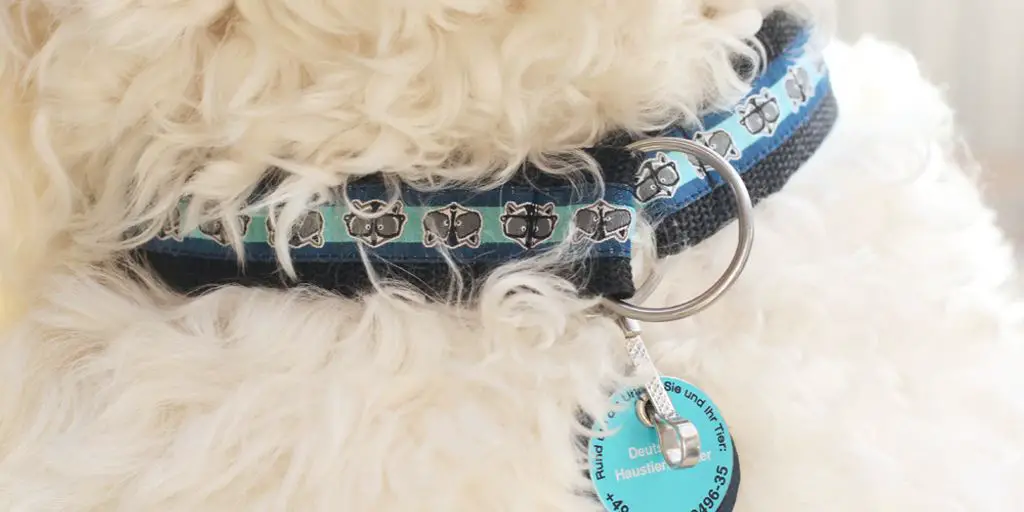
When it comes to finding the perfect leash for your small dog, knowing where to shop can make all the difference. Let’s dive into the best places to look!
Online vs. In-Store Shopping
I’ve found that shopping online offers a vast array of options and the convenience of comparing prices and reviews from the comfort of your home. However, in-store shopping allows you to physically inspect the leash’s quality and see how it feels, which is crucial for our little companions.
Tips for Finding the Best Deals
Always check for online discounts and seasonal sales. Many stores offer significant savings during special events or holidays. Joining loyalty programs or signing up for newsletters can also lead to great deals that aren’t advertised publicly.
Trusted Brands and Retailers
It’s essential to buy from reputable sources to ensure the quality and safety of the leash. Brands like Max and Neo, PetSafe, and Kurgo are well-regarded for their high-quality dog leashes. Retailers such as Amazon and local pet stores often carry these trusted brands, providing both variety and reliability.
Remember, the right leash can enhance your walks and training sessions, making them more enjoyable and safe for both you and your pup.
Conclusion
Choosing the right leash for your small dog is crucial for both safety and comfort. Whether you opt for a flat collar, a harness, or a specialized small dog leash, remember to consider your dog’s size, breed, and behavior. Always prioritize materials that are durable yet gentle on your dog’s neck and body. Remember, the perfect leash not only enhances your walking experience but also ensures that your furry friend is happy and secure. Happy walking!
Frequently Asked Questions
What are the best types of leashes for small dogs?
The best types of leashes for small dogs are lightweight and adjustable. Options include standard leashes, harnesses, and slip leads, each offering different benefits such as control, comfort, and ease of use.
Are harnesses better than collars for small dogs?
Harnesses are often recommended over collars for small dogs because they distribute pressure more evenly around the body, reducing the risk of neck injury and providing better control for the owner.
What material is best for a small dog leash?
Nylon and leather are popular choices for small dog leashes. Nylon is durable and lightweight, while leather offers a classic look and can be more comfortable as it softens over time.
How long should a leash be for small dogs?
The ideal leash length for small dogs generally ranges from 4 to 6 feet, providing enough space for exploration while allowing adequate control during walks and training sessions.
What width should a leash be for a small dog?
Leash widths around 1/2 inch are suitable for small dogs. This width provides a balance between strength and comfort, ensuring the leash is not too heavy or cumbersome for small breeds.
What type of clip is best for a small dog leash?
A lightweight yet strong clip, such as a swivel clip, is best for small dog leashes. This type of clip prevents the leash from tangling and ensures a secure attachment to the collar or harness.
Are reflective materials important for small dog leashes?
Yes, reflective materials are important for small dog leashes as they enhance visibility during low-light conditions, ensuring both the safety of the dog and the owner.
How often should I inspect and replace my small dog’s leash?
Regular inspections for wear and tear are crucial, and replacing the leash every 6 to 12 months, or immediately if any damage is noticed, is recommended to ensure safety and reliability.


